Technologies
In today’s manufacturing scenario, technology and automation play a key role in optimizing and improving process efficiency.
At the heart of this evolution there is the vision system: a crucial tool for the recognition, analysis and management of industrial processes.
O.L.C.I. Engineering, with its extensive experience in the field, has developed the “Vision System”, a state-of-the-art solution that integrates advanced features to ensure accuracy and reliability.
In this section you will also find information about technical specifications, operational benefits and practical applications of our innovative solutions.
Vision System
The O.L.C.I. Engineering “Vision System”, which is the result of the experience gained from more than 1,500 installations, represents the cutting edge of recognition technology. Its salient features include:
- Advanced libraries in a 3D environment.
- High-resolution cameras with Gigabit Ethernet connection, enabling installations at considerable distances from the PC without interference.
- Flexibility in lighting management, compatible with various systems, such as LED and infrared, and synchronization with vision algorithms.
- Ability to suppress noise and glare, automatically adjust light, calibrate cameras, and virtually align them with the working plane.
- Management of numerous models in a single work sequence and simplified adjustment of image quality.
- Advanced features, such as definition of polygonal areas, masking, comparison with CAD geometries, management of colours and specialized algorithms for code reading and defect detection.
- Use of 3D sensors with laser and StereoVision technology.
Supervision System
The O.L.C.I. Engineering “Supervision System” is designed to meet individual Customer needs, offering specific customizations for each production cell.
This system allows detailed verification of the status of each cell or the entire production line, identifying anomalies, if any, through a graphical display. Key features of the system include:
- Display and management of alarms for each peripheral.
- Storage and access to alarm and production history for each cell.
- Remote control to start or stop production cycles.
- Monitoring of the quantity of parts manufactured.
- Manual entry and management of production batches.
- Organization and modification of batches.
- Analysis of cycle times and graphical display of productivity.
- Monitoring of input and output interfaces.
- System colour management.
- Web-based remote control of the cell or entire line.
- Direct web connection with O.L.C.I. Engineering for support and remote assistance.
Graphic Remote Control
The O.L.C.I. Engineering “Graphic Remote Control” enables skilled technicians to connect to and manage a robotic system through an online interface. This real-time connectivity allows not only rapid diagnosis, but also timely interventions thanks to the expertise of O.L.C.I. Engineering technicians. So, it is possible to:
- Minimize plant outages and setup times.
- Optimize the performance of the entire system.
- Provide constant training to the team operating on the field.
- Monitor the status of the plant and vision system in real time.
- Make direct changes to the robot software.
- Design and implement advanced, predictive technology solutions for efficiency optimization.
Off-line 3D Programming Software
The software, designed and implemented by O.L.C.I. Engineering, offers accurate simulation of deburring and milling processes by recreating a robot cell in a virtual environment.
Components:
- 5-axis CAD/CAM.
- Digitizing arm (used when there is no CAD/CAM).
- Process Simulator.
Program Creation Mode:
- Importing the 3D model of the part.
- Reverse engineering using the digitizing arm.
- 3D scanning.
Functions:
- Tool management and selection from an integrated tool library.
- Selection from different cell operating modes: robot-handled workpiece to stationary tools or robot-guided spindle to stationary workpiece.
Advantages:
- Increased flexibility of production processes.
- Significant reduction in plant downtime.
- Flexible production even with small batches.
- Uninterrupted plant scheduling, except for optimization.
- Quick and easy adjustment of incorrect robot trajectories.
- Efficient monitoring of potential collision points.
- Accurate cycle time estimation using the simulation software.
Engineering
Feasibility study and design of complex production lines or production processes involving the entire production chain, from metal casting and machining to packaging for shipment.
